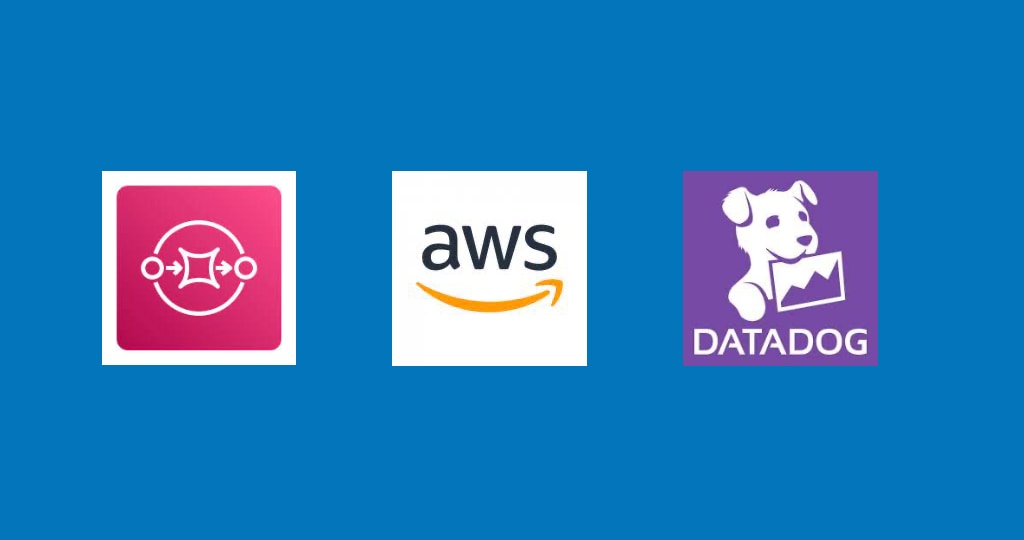A good friend of mine is working on a really neat redrive tool with SQS and wanted to write an article to describe its purpose and use. I’m super honored that he asked me to share his writing on my blog. Please find below Adam Tran’s “Analyzing and Correcting Errors with Advanced SQS Redrive”
Analyzing and Correcting Errors with Advanced SQS Redrive
Analyzing dead-letter queues (DLQs) within the AWS ecosystem can be tricky. Receiving and analyzing messages via the AWS Console is very limited, and does not allow for the manipulation of messages in any sensible manner. Sure, you can redrive an entire DLQ, but what if you need to analyze thousands of messages or make changes?
There are many potential solutions to this problem, but a simple solution that I’ve developed is to download your queues’ messages locally where they can be analyzed with any tool of your choosing. I’ve defined a stateful directory structure to reflect where a message is in its journey of analysis so that you can make changes in whatever manner you deem appropriate.









